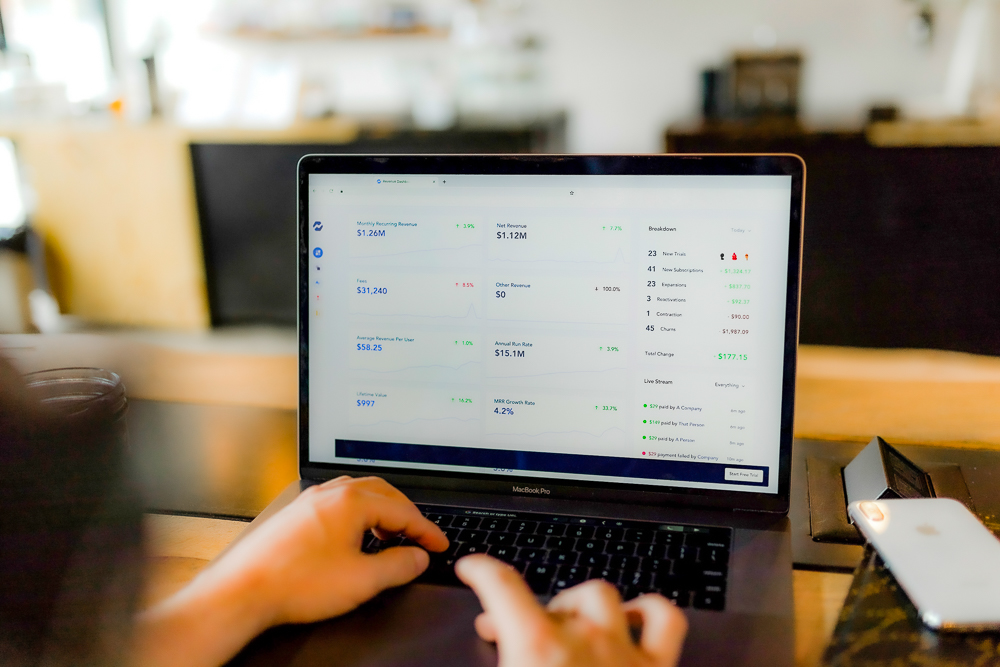While making money on the Internet is certainly not as easy as it used to be, there are still plenty of opportunities out there. With a realistic approach and plenty of patience, many people are perfectly capable of making an income online. While there are freelancing opportunities to accommodate a wide variety of skills such as writing, web design and much more, starting your own business from scratch is somewhat more challenging. One of the greatest attractions to starting an online business is that the costs are minimal. Keeping your goals realistic is also essential. It’s wise to completely ignore the outlandish promises made by companies and individuals selling get-rich-quick schemes and instead start out with a plausible plan with goals that you can actually reach if you work hard enough. Consider the following steps for building a money-making website.
1. Be Inspired
Consider your skills and your level of knowledge in certain areas. You’ll want to think of a niche which you know plenty about as well as something which interests you. Since you’re going to need to provide quality content and something of value to your visitors, you need to be knowledgeable in your field. Of secondary importance is coming up with an idea that is ideal for making money.
2. Register a Domain Name and Hosting Package
The only costs involved in starting an online business are registering a domain name (web address) and getting a web hosting package. The costs only run into a few dollars per month and the costs will only ever increase if you have an enormous number of visitors and you need to start paying for more bandwidth.
Choose your domain name carefully. It’s good practice for search engine optimization (SEO) to include a relevant keyword or phrase in your web address. You should also keep it short and memorable. It’s also a good idea to register multiple domain names which all direct to your main website. Ideally, you should register your domain name for a longer time, such as five years. The search engines favour long-term registrations.
You’ll also want to decide whether to use a local domain name ending in the country code for your location or a .com address. As a general rule, you should only use a localised domain name such as “.com.au” if the content of your site is primarily relevant to an audience in that country. For the most part, all other sites are better off using a .com address. There are plenty of other options, however.
3. Get WordPress
WordPress is the industry leader in blogging software. Free and open source, WordPress was originally designed exclusively for blogging. These days, however, just about any type of site can use the WordPress software. It’s easy to use and does not require any knowledge of HTML, although having such knowledge will certainly come in useful.
There are countless themes available for WordPress. The themes govern the entire appearance and layout of your site. You’ll want to choose this carefully since changing it later on when you have lots of content can be complicated. You should also choose a theme which is SEO-friendly. There are both free and premium themes available.
To save yourself from going through the hassle and complication of installing WordPress yourself, you may want to go for a hosting package that has WordPress included and installed on your new website. This means that you’ll be able to start uploading content to your site as soon as you’ve registered. Digital Pacific provides free WordPress hosting application installation with most web hosting plans.
4. Set up Your Social Networking Accounts
Social networking is a major part of online business. You simply cannot ignore it if you want to have any chance at success. You should also install buttons linking to social networking sites on your webpage. These buttons should appear beneath every article in your site. This allows visitors to easily share content that they like with their friends on their favourite social networking site.
There are dozens of popular social networking sites out there, but there is no need to get involved with all of them. You should definitely have a Facebook account which you can use to post links to your content, provide updates and much more. You should also consider starting a Facebook fan page for your business as well as joining groups relevant to your niche.
Twitter is another essential tool for Internet marketing. Twitter is more business-orientated and it provides a way to get followers which will always receive updates about your site. Other popular social networking sites which you should consider include digg.com, technorati.com, linkedin.com and stumbleupon.com among others. These sites are focussed on sharing websites, promoting and ranking them.
5. Setting up Advertising
Unless you’re selling something such as an eBook, the main income from your website will come from advertising revenue and affiliate programs. The first thing you should do is get a Google AdSense account and install it on your site. AdSense automatically provides advertisements related to the content of your site. When a visitor clicks on an advertisement, you get money. There are many other pay-per-click advertising programs out there too, such as Chikita and Amazon. Be careful not to overdo the advertising on your site as this will only turn visitors off.
You should also join affiliate programs. Affiliate programs allow you to advertise products and services which are relevant to your niche. You get a percentage of the sale every time a visitor makes a purchase having been directed from the advertisement on your site.
6. Provide Content
Now that you have your website up and running, you’ll want to provide content for it. Your content should be unique and high quality. It should be well researched and error free. Providing something of value to your visitors will keep them coming back for more. It will also help your search engine ranking.
Add content to your site on a regular basis. Uploading a new article every couple of days is ideal. Before you know it, you’ll have a rich site full of content to keep your visitors occupied. When you make a new post, you should also go through all of your social networking accounts and share the link to it so that potential visitors will be alerted to the fact that you’ve updated your site. This requires commitment, but it is essential that you stick to a regular schedule when it comes to updating your site.
To build a successful website for your business, just follow these simple steps and you will start to see some positive results. To find out more about domain names and the various web hosting packages offered at Digital Pacific, give our friendly team a call on 1300 MY HOST.







